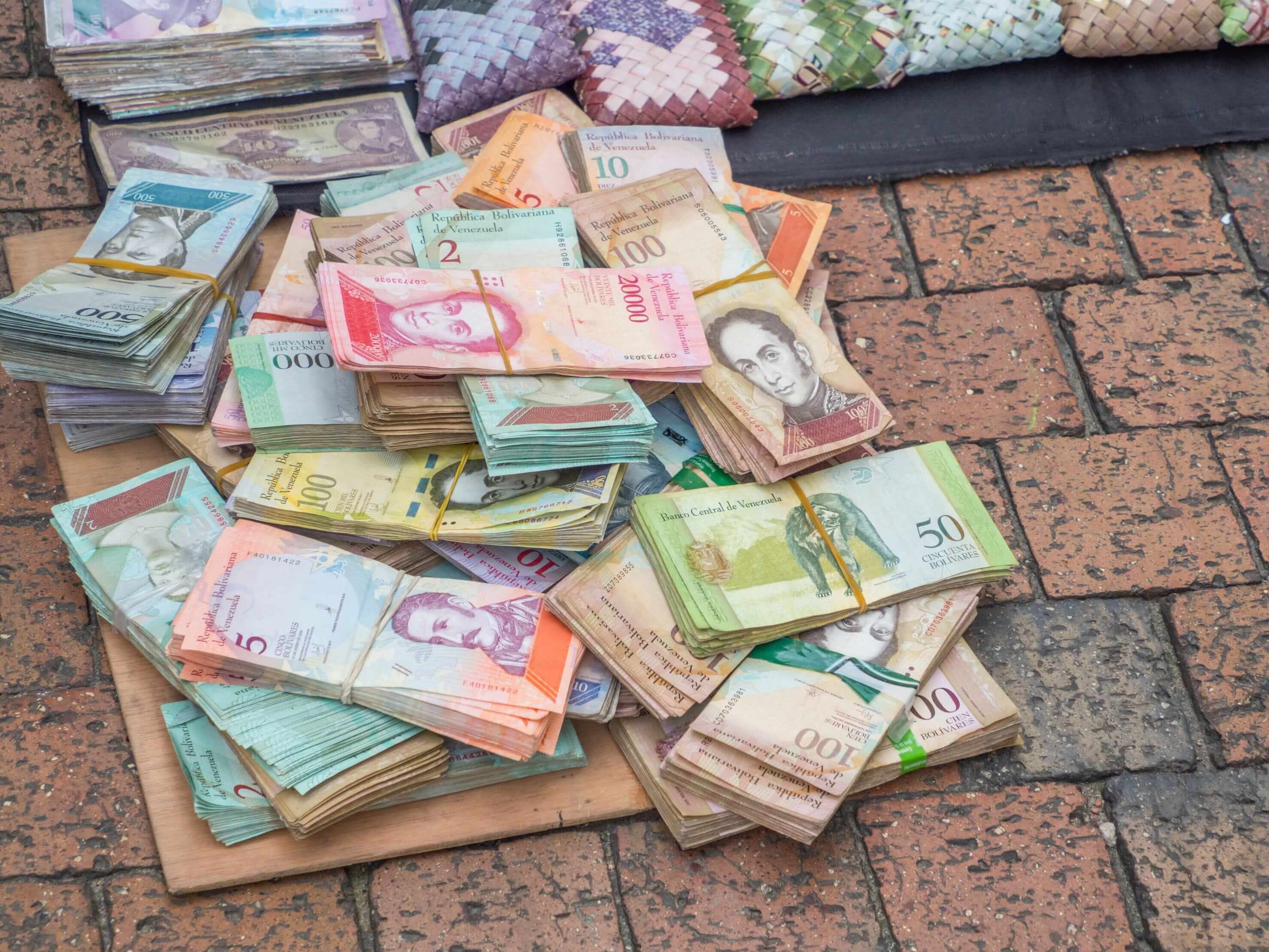What Inflation Feels Like in Real Life: the Case of Venezuela

Do you know how hyperinflation on steroids looks like in real life? If not, take a look at the case study of Venezuela that tells the story of one of the largest currency devaluations in history.